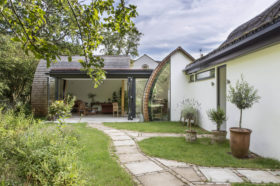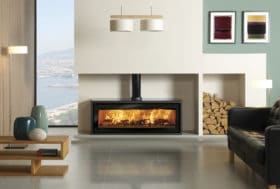

Renovating an existing home can throw up a wide range of complex choices – not the least of which is getting your heating system right. If you’re taking on a major project, chances are you’ll be keen to make a significant upgrade here to keep your energy usage in check and reduce running costs.
Together with your heating engineer, you’ll need to decide on the best source of warmth (boiler or renewable), the distribution system and the optimum size of the equipment. Your choices may, however, be slightly constrained by the characteristics of the existing building. And that’s before you get on to considerations such as the subsidies available for renewable heat. So how can you unravel all of this?
Rule number one is not to make any decisions on heating until you know to what extent the fabric of the building is to be upgraded and how that will impact on performance.
For instance, a 1930s-1960s house with single-glazed windows and rendered, dense block cavity walls will behave completely differently when the windows have been upgraded and the walls and loft insulated. In this case, heat demand can fall by 75% or more – so you may need a lower input from a smaller boiler or even a completely different source.
In older buildings, over 30% of warmth is lost through air leakage. So even solid wall structures that can’t be insulated (whether for aesthetic or technical reasons) will see a sharp drop in heat demand when secondary glazing is added and uncontrolled air leakage is minimised. Bear in mind, though, that sufficient ventilation must be retained to preserve a healthy internal environment.
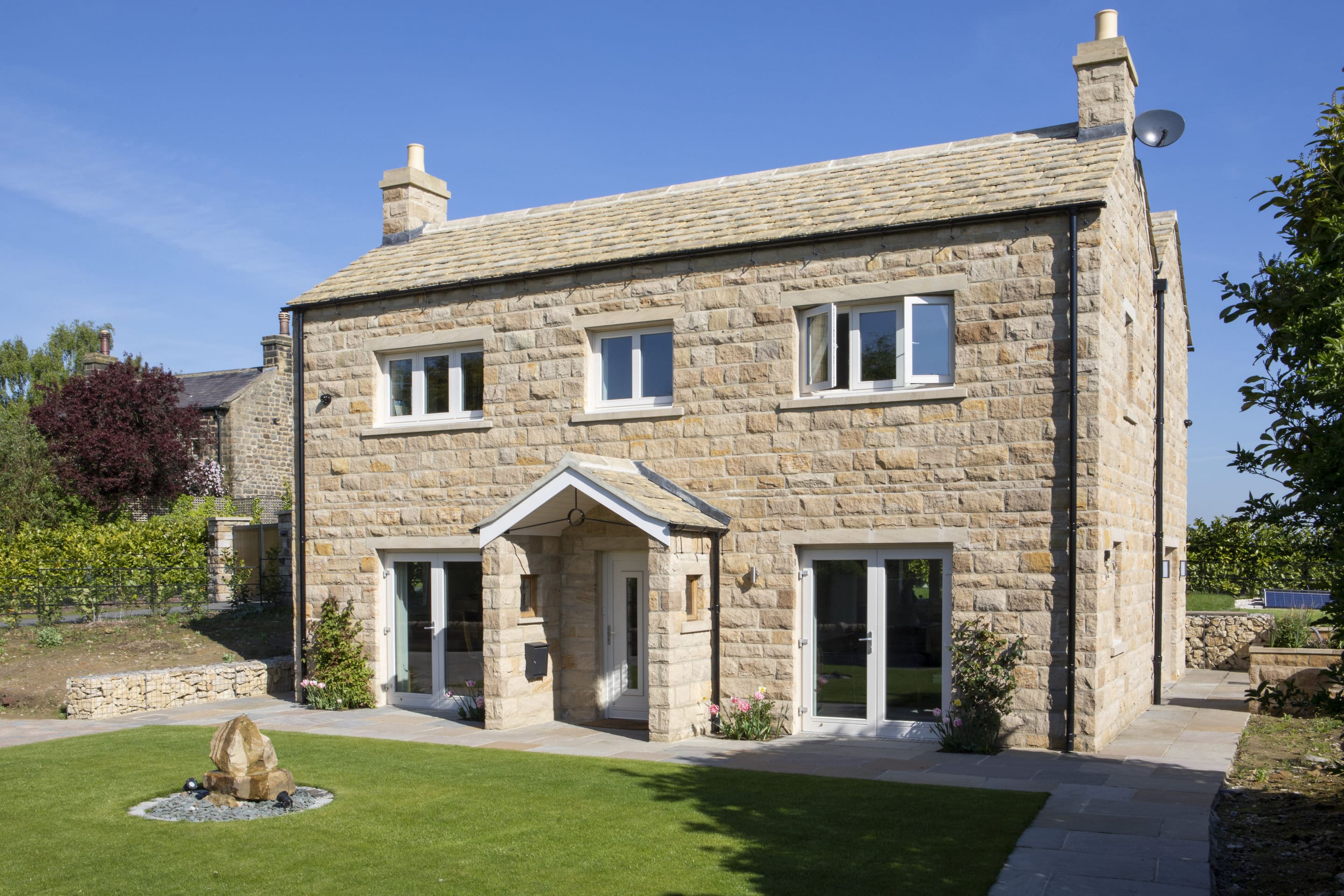
This house in Leeds is an airtight Passivhaus project. Using Passivhaus principles in your project is a great way to create an efficient home
The central point remains, however, that you should adopt a fabric first approach to your renovation and look to make your home as energy efficient as possible. It’s at this point that you can decide how best to run your home cost-effectively and with minimal environmental impact.
One of the benefits of planning to upgrade the building’s insulation and airtightness levels is that it will give you access to more options in terms of boilers, renewables and emitters. But there are still limiting factors, and a key consideration is what fuel types you have access to at your property.
If you have mains gas available, my advice would be to stick with it. It’s the cheapest option to run and comparable to a heat pump in terms of overall carbon emissions. However, gas boilers are far cheaper to install than renewable systems and there is a much wider supply chain – so there’s plenty of competition in the market to keep prices down.
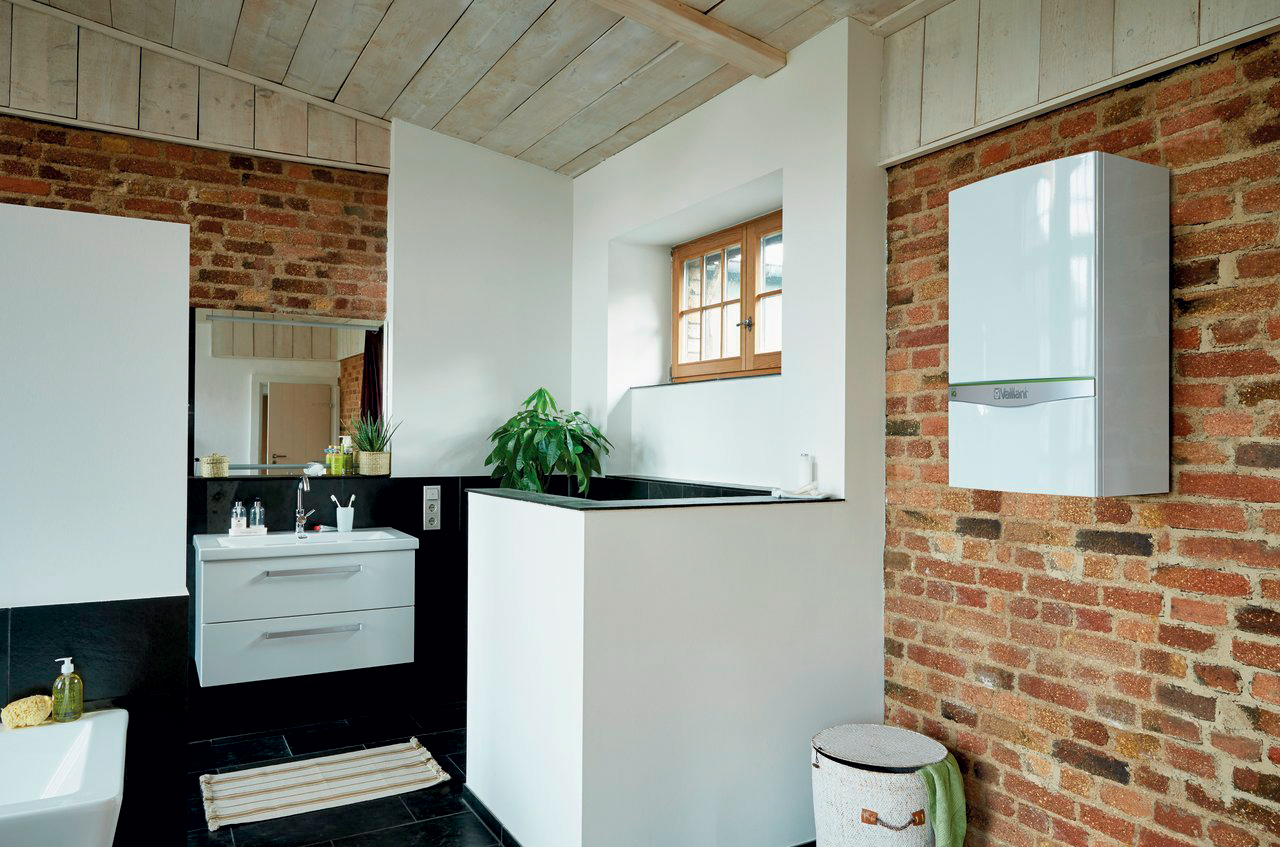
Modern condensing boilers operate at efficiencies in excess of 90%. The Green iQ from Vaillant is available in both system and combi formats to suit a range of projects
As mentioned previously, once you’ve upgraded the building fabric you may find that an existing boiler – even if it’s good quality – is oversized for the job. This means it won’t run at optimal efficiency any more as it will be short cycling (turning on and off quickly) to meet a reduced demand. So this could be the moment to look for a smaller appliance.
Gas boilers are coming close to the limit of their efficiency, so if you are replacing an appliance that was installed less than 10 years ago, the gains from replacing it like-for-like will be minimal. But installing a smaller boiler, if it suits your project, could deliver significant savings.
If you are not on the gas grid, you may be faced with an existing oil boiler or even an electrical resistance system (such as storage heaters). Oil is a fossil fuel and a diminishing resource. It emits a range of pollutants when burnt, not just CO2, so it’s not the most sustainable solution. Electrical resistance heating, meanwhile, is the most expensive to
run and most carbon-intensive of all forms of heating.
With that in mind, I would encourage renovators who encounter either type to change them wherever possible. If the issue is down to your property being off-grid, then the choice then comes down to a heat pump, liquid petroleum gas (LPG) or biomass.
LPG boilers, like oil versions, require a storage tank – which could be tricky if you don’t have much garden space – but otherwise there are no constraints. Emissions are similar to natural (mains) gas but LPG is slightly more expensive due to the costs of delivery.
If you want to achieve lower carbon emissions, you might consider switching to a biomass system. Essentially, this involves using a specialist boiler that burns wood in the form of logs, chips or pellets to provide heating and hot water.
Learn more: Biomass Boilers Explained
This is a near-carbon neutral option, as the emissions a biomass boiler produces are recaptured as trees grow. This is only the case, however, if replanting takes place wherever the wood is harvested. Logs are the cheapest option and pellets the most expensive. In terms of running costs per kWh of heat, wood chip is roughly equivalent to mains gas.
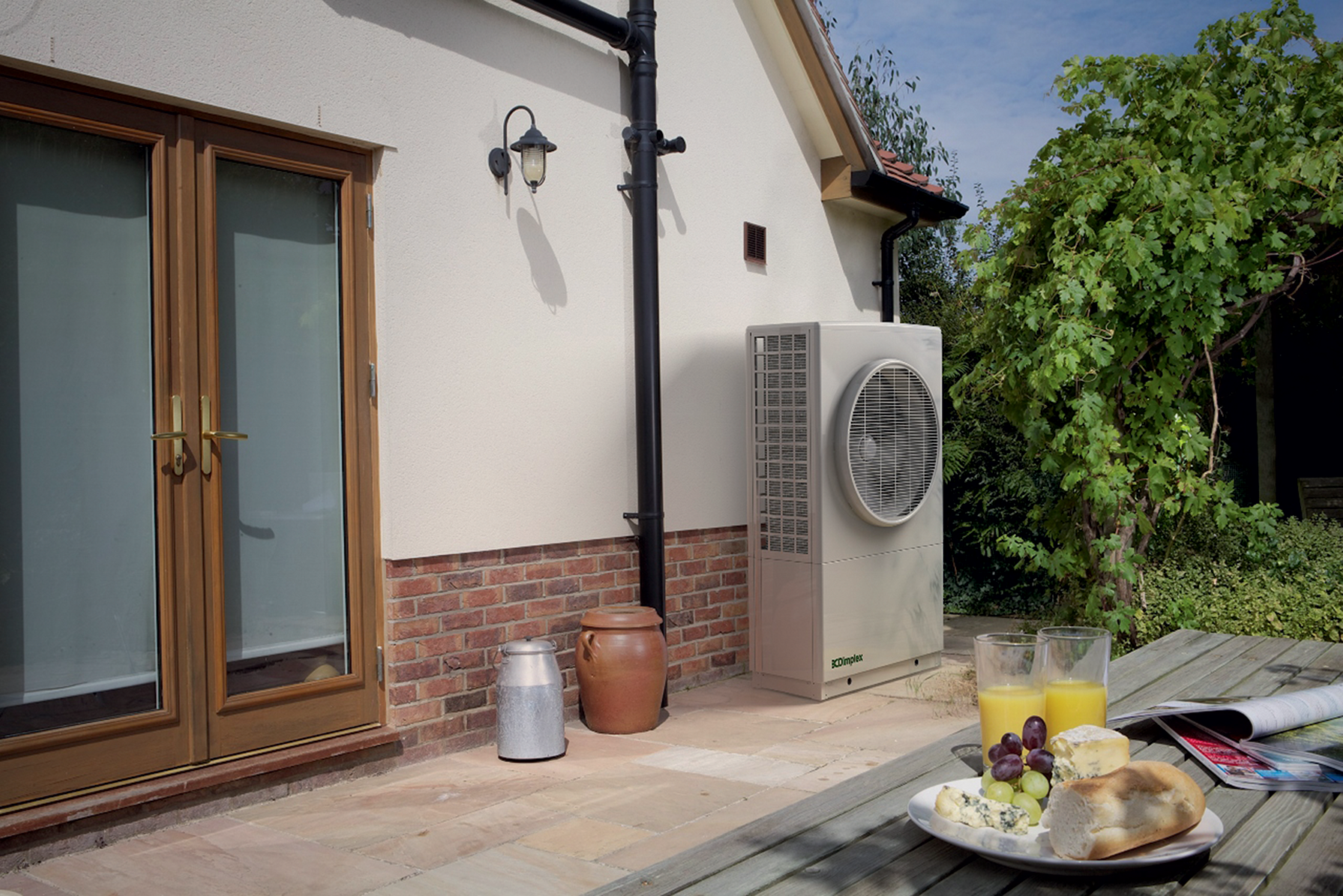
Air-source heat pump, such as this Dimplex A-class, are relatively straightforward to install on a renovation – but you may need to upgrade the building fabric and emitters
Bear in mind, however, that the capital costs of installing a biomass system are much higher than for a gas boiler – though this can be partially offset if you qualify for the Renewable Heat Incentive.
You will need to allow space for dry storage of whatever fuel you choose. With logs, this could be a considerable size, especially if you need to allow timber to season. This may be an issue for if you have a modest property and no option to add a store in the garden. Even with chips and pellets, you’ll need a designated area to keep bags of the material.
Both wood chip and pellet appliances can be automatically fed, so they can be programmed in much the same way as a conventional boiler. This form of heating will also respond very quickly, so it can work well alongside existing radiators.
These systems work by repurposing energy in the earth or the air as useful warmth, to be distributed around the home. Ground source heat pumps (GSHPs) offer strong efficiency and low running costs, but are expensive and disruptive to install. This is because they require a substantial area of land in which horizontal collector loops can be buried – or access for a drilling rig to install a vertical collector borehole. Ground conditions need to be appropriate, too, so this option isn’t open to all renovators.
Air source models are compact and can be installed in most locations – and won’t usually require planning permission – but they aren’t as efficient as GSHPs, as the source temperature (the air) is lower during heating season.
Modern houses can be designed with such a low heat demand that one stove can heat the whole property. That’s difficult to achieve in a renovation – but it is possible to get close enough that one stove can heat the majority of the house. An enclosed fire also provides a lovely focal point and the appeal of radiant heat (rather than just air heating).
Learn more: How much should a stove cost?
If you are in a smokeless zone then you will need to use a woodburner specifically designed for these areas. Also note that standalone stoves do not qualify for the RHI.
If there is any kind of boiler present in your property, then the heat will be distributed via a water-based system. This will usually take the form of a network of copper pipework feeding into radiators. If these are in reasonable condition, it may be possible to retain them.
If you’re replacing a boiler with a newer model – even of a different fuel type – you won’t necessarily need to make major adjustments to the distribution system. Mains gas, LPG, oil and biomass can all be interchangeable in this respect.
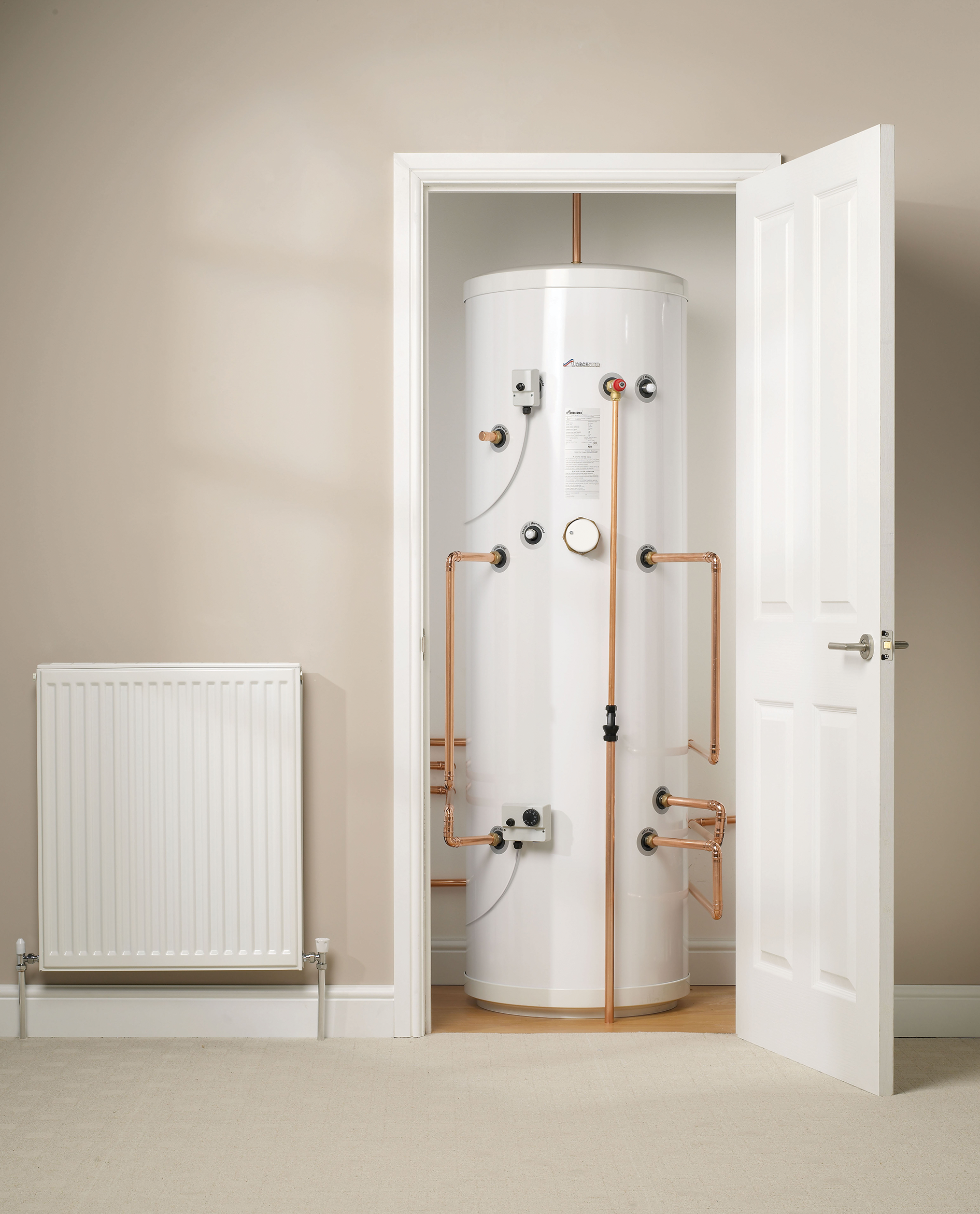
If you want to add renewables into your setup, you’ll need to invest in a twin-coil cylinder, such as this Greenstore model from Worcester, Bosch Group
The biggest change is likely to come if you decide to replace a regular boiler (which requires storage tanks in the loft) with another format. Swapping this setup for a system boiler with an unvented cylinder, for instance, would give you the benefit of hot water at mains pressure – not to mention more space in the attic. But the work will be more invasive and the upfront cost will be a little higher.
There is, of course, an alternative to radiators in the form of underfloor heating (UFH). Making the switch will add to your project budget – especially if it would have been possible to retain the existing setup. But this system has a number of advantages. UFH covers a much larger area than radiators, which means it can be operated at a significantly lower temperature. That makes it an efficient, cost-effective option to run in a well insulated home.
The low-grade warmth a heat pump generates makes it an excellent partner for UFH. This is because the pump has to do less work when raising the temperature of the energy it harvests from the air or ground to a more useful level. In turn, this means that the heat pump and the whole system will operate more efficiently.
The main downside of UFH is that it’s disruptive to install in a renovation. Insulation is required below the emitter pipework or else the warmth will be lost downwards – but most homes constructed before 1980 don’t have enough thermal protection.
Fitting this in will therefore require you to either raise floor heights or to dig out an existing floor, which adds to cost, embodied energy and waste. The likes of Nu-Heat and Omnie have developed water-based UFH systems that add minimal build-up – in some cases down to as low as 15mm, as opposed to the standard 70mm with conventional underfloor heating.
If you want to use a heat pump but UFH proves to be impractical or uneconomic to install, there’s another option. It may be possible to retain the existing pipework and increase the size of the radiators. If improvements you’ve made to the building fabric have lowered heat demand, the existing emitters may even be sufficient.
In many cases, renovators can improve the efficiency of their heating systems by upgrading the controls. This includes local regulators such as thermostatic radiator valves (TRVs) as well as system-wide thermostats and timers.
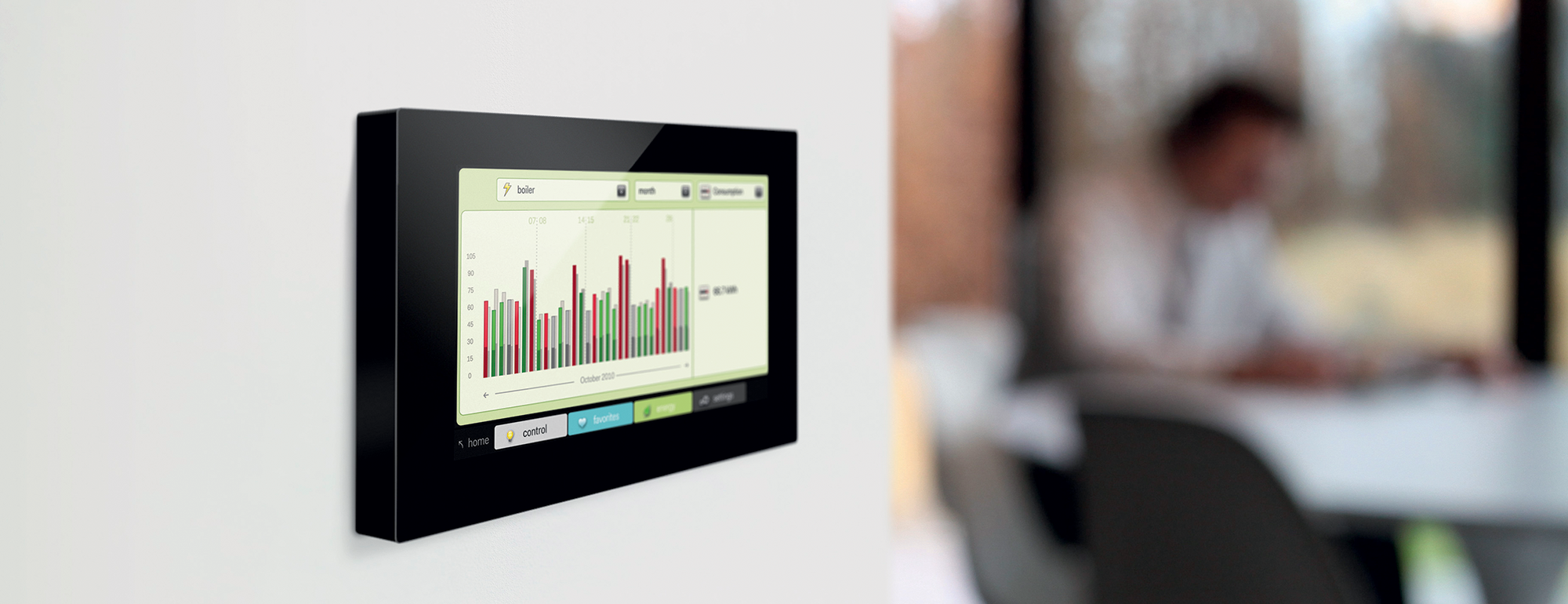
Smart controls, such as the Niko from Moss Technical, can help to optimise the performance of your central heating system
Modern options can be remotely operated, so you can switch the heating on or off from a phone or computer if you need to change the preset times. Some setups can even learn your usage patterns or respond to external temperatures in order to achieve the optimum level of performance, thus saving energy and money.
The same system used to provide space heating is normally used as the main source of heat for domestic hot water – ie what we consume for bathing, washing and cleaning.
It’s important to think about this aspect of your scheme at the early stages, because some appliances are better than others at providing hot water. Domestic supplies have to be heated to a much higher temperature than for, say, UFH – and fossil fuel boilers are much more efficient at achieving this than heat pumps, for example.
The key renewable alternative is to fit solar thermal panels, which don’t usually require planning permission (although you may need specific consent if you’re dealing with a listed building). To enable this, you’ll have to replace the existing storage vessel with a twin-coil cylinder.
This indirect system allows the water to be primarily heated by a loop connected to the solar panels, with a backup appliance (be it a standard boiler, biomass or heat pump) making up any shortfall. Woodburning stoves fitted with a back boiler will also require a twin-coil setup.
This is in contrast to direct systems, such as combination (combi) boilers, which heat water at mains pressure as it passes through the appliance. Bear in mind that combis
are difficult to integrate with solar panels.
